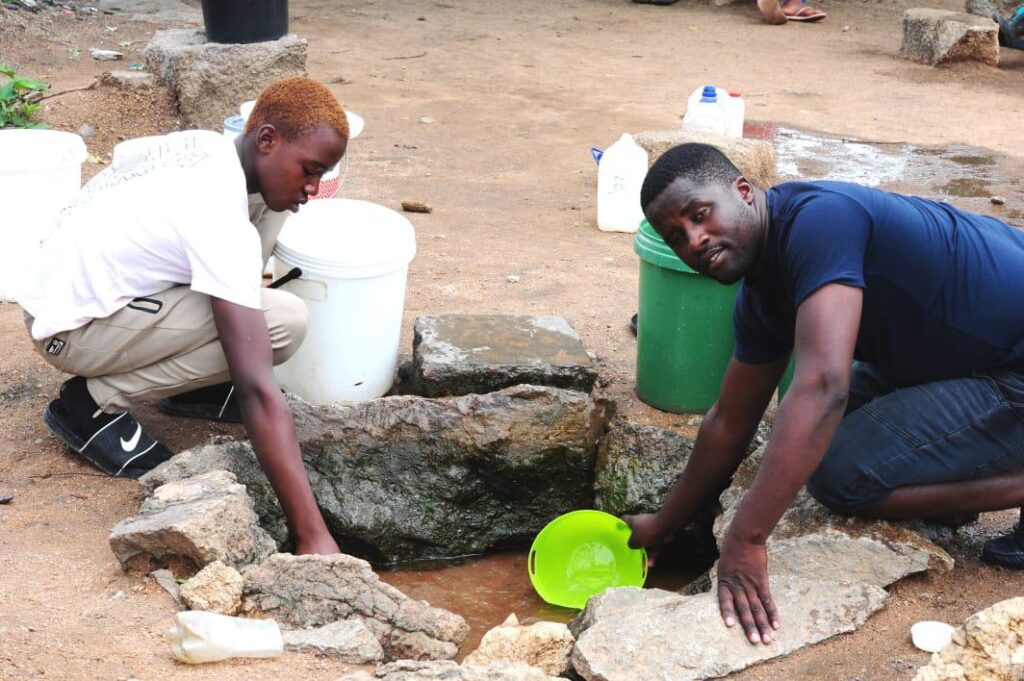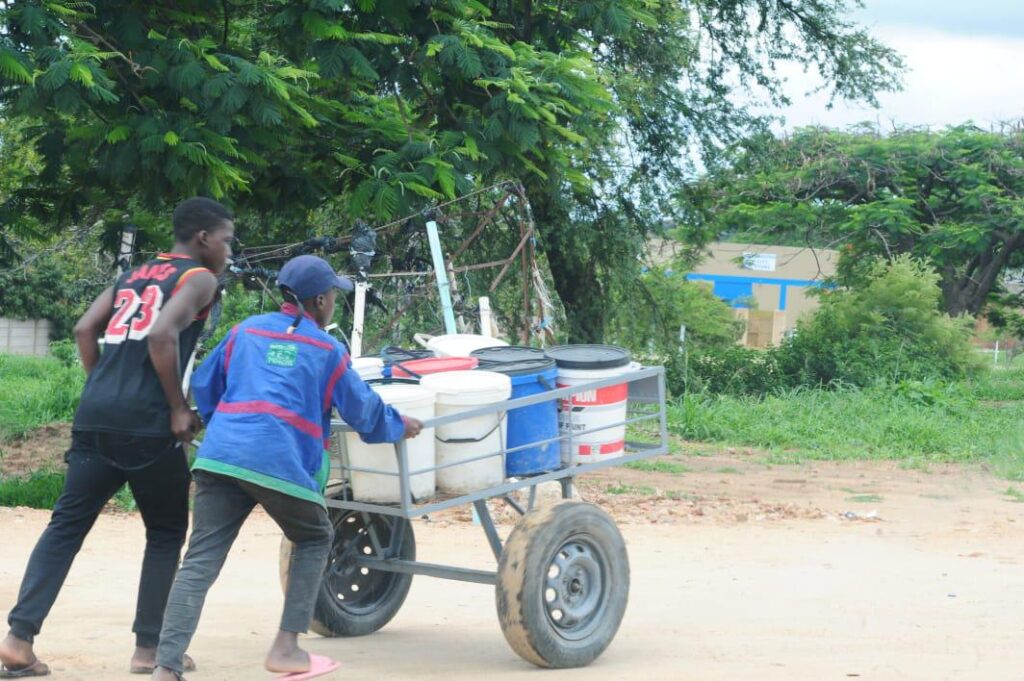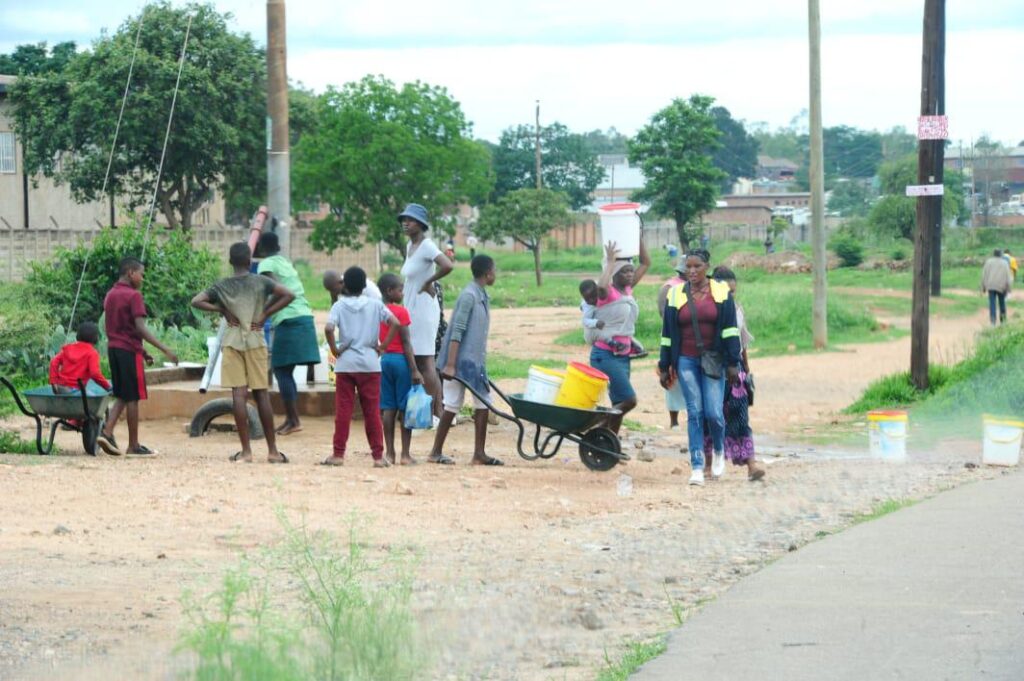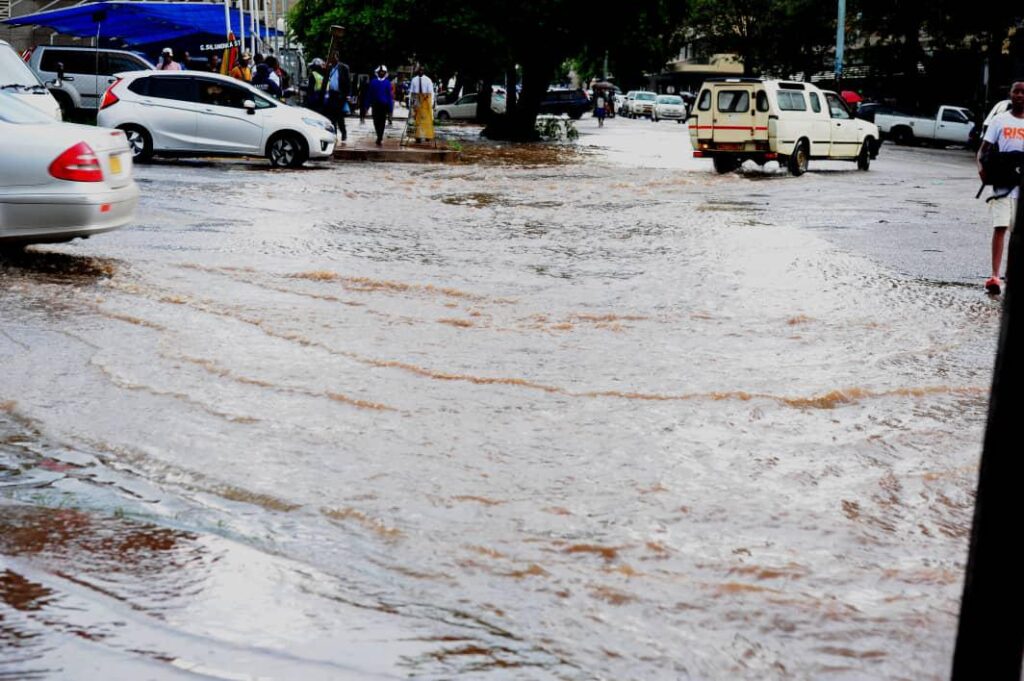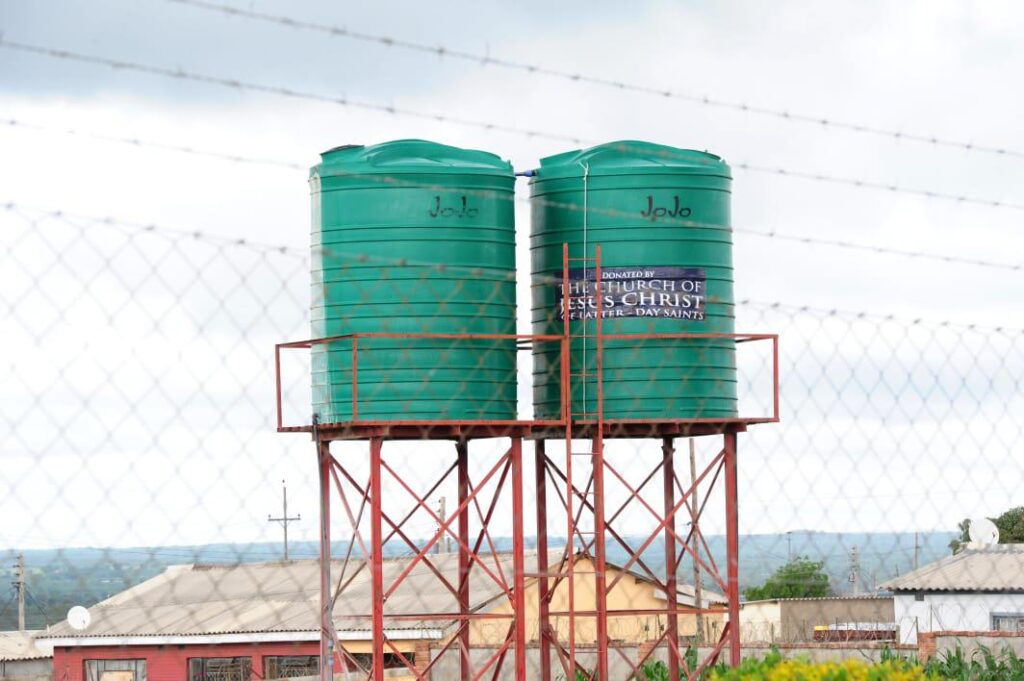Exploring the daily struggles, systemic failures, and hopes for solutions in Zimbabwe’s second-largest city.
Bulawayo continues to grapple with a worsening water crisis. While recent rains have brought some relief to the city’s supply dams, the challenges of aging infrastructure, climate change, and systemic failures remain stark.
With water shortages shaping everyday life, the city’s struggle highlights the fragile balance between natural resources and urban survival. As of January 2025, the city’s dams show some improvement in capacity compared to 2024, but the picture remains far from hopeful. The municipality, according to authorities, requires at least $40 million to effectively address the ongoing water crisis and implement sustainable solutions.

The re-commissioning of dams such as Umzingwane and Upper Ncema offers a glimmer of hope. Umzingwane Dam, for instance, has seen its levels rise to 46.4%, up from 36.9% in January 2024. Similarly, Insiza Mayfair Dam now stands at 60.6%, a marked increase from last year’s 42.3%. However, critical dams like Inyankuni and Lower Ncema remain at precariously low levels of 31.0% and 17.3%, respectively.
Despite these slight gains, the city’s total water reserves are still insufficient to sustain its growing population of over 600,000.
The ongoing crisis is compounded by decades of neglect in water infrastructure development. No new dams have been constructed since 1975, and existing facilities are ill-equipped to handle Bulawayo’s population surge. In addition to this infrastructural stagnation, the city’s supply dams suffer from severe siltation, caused by illegal gold panning, deforestation, and poor land management in catchment areas. This sediment buildup reduces storage capacity, preventing dams from fully replenishing even during periods of heavy rainfall.
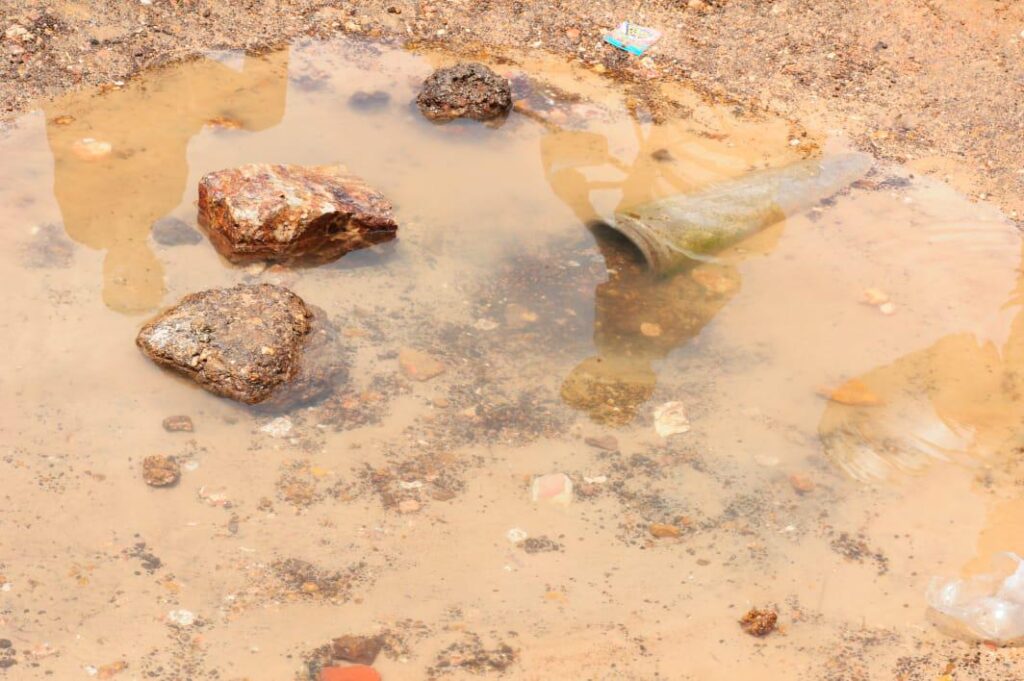
Leaking pipes force residents to collect water from unsafe sources. | Photo: Bekithemba Mpofu/The Citizen Bulletin
The climate crisis remains an ever-present threat, with erratic weather patterns such as the El Niño phenomenon disrupting the city’s rainfall cycle. Although the 2025 rainy season has seen better inflows compared to 2024, annual precipitation levels remain below the long-term average of 460mm. Rising temperatures, which have steadily increased over the years, exacerbate evaporation rates, further depleting water reserves.
The effects of the water shortages ripple across every sector of the city. Residents in high-density suburbs like Cowdray Park and Emganwini continue to endure dry taps and long queues at overcrowded boreholes. Small businesses, unable to afford expensive water deliveries or alternative sources, face mounting challenges in maintaining operations.
Informal traders, restaurants, and small-scale manufacturers—many of whom are the lifeblood of the city’s economy—are especially hard-hit, with some forced to shut down entirely.
Residents rely on wells, Jojo tanks, and boreholes as taps run dry. | Photos: Bekithemba Mpofu/The Citizen Bulletin
The recent dam statistics also reveal a glaring inequity in water distribution. While dams like Mtshabezi now boast 72.9% capacity—an increase from 64.3% in 2024—areas reliant on other dams with critically low levels face harsher realities. This uneven distribution underscores the urgent need for long-term planning and investment in water management systems.
Despite these challenges, the city authorities have been slow to implement meaningful solutions. Proposals for water recycling, alternative supply sources, and dam desilting projects have largely stalled due to limited funding and bureaucratic delays. Meanwhile, residents continue to bear the brunt of the crisis, with many questioning whether the city’s leadership truly grasps the severity of the situation.
Our series, A Thirsty City, takes an in-depth look at the city’s water crisis from multiple angles—examining its root causes, impacts on daily life, and potential solutions. Through human interest stories, explainers, and expert analysis, we aim to illuminate the urgency of the issue and spark meaningful dialogue about the way forward. This is an ongoing reporting project, and we remain committed to covering the crisis for as long as it persists.
The Citizen Bulletin is a hyperlocal newsroom that covers the greater region Matabeleland, Southwestern Zimbabwe. Join our WhatsApp Channel HERE to receive our hard-hitting reporting.


